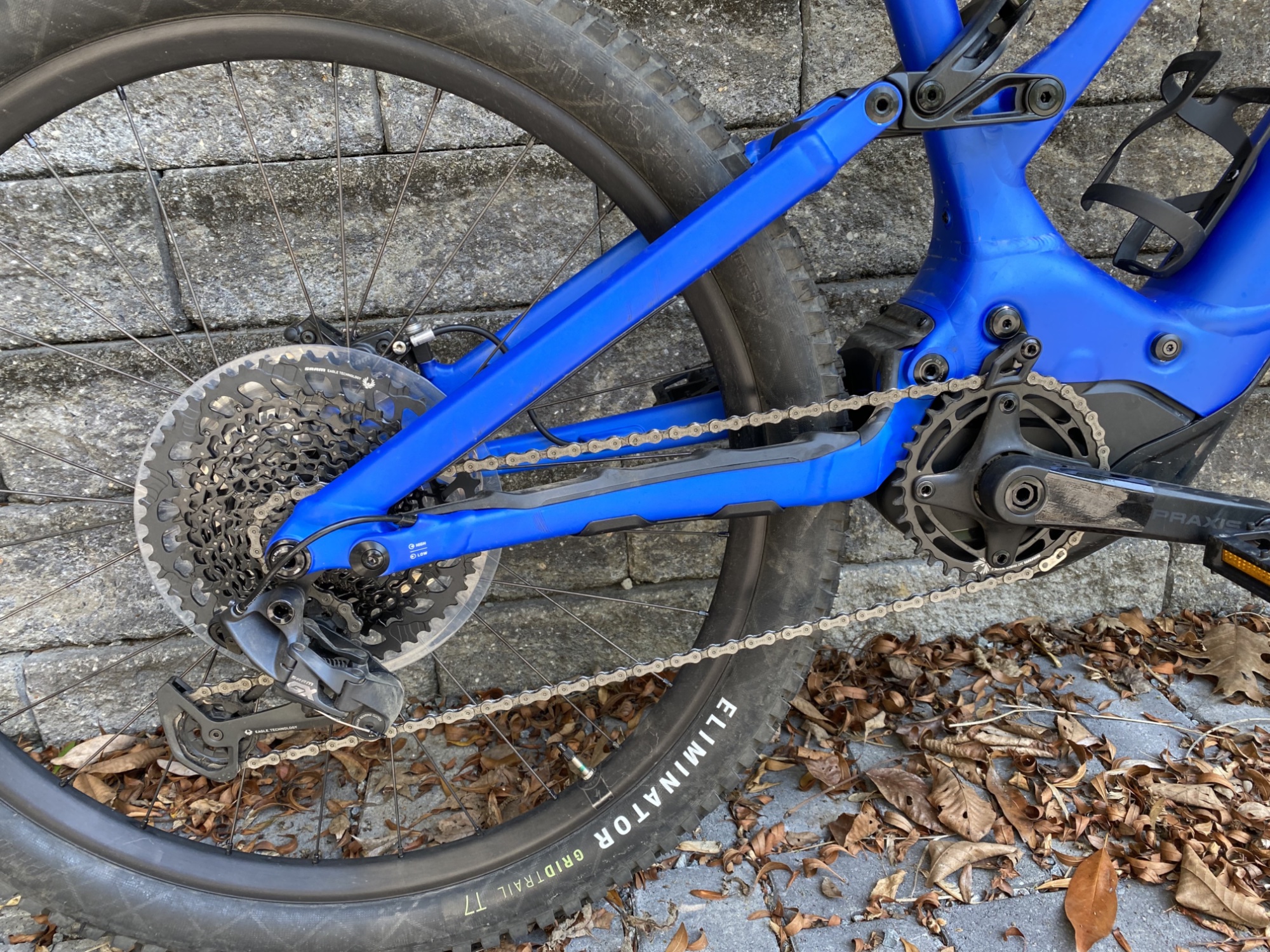
I consider myself a bit of a bicycle fanatic. I've ridden tens of thousands of miles, stripped bikes down to their frames and rebuilt them, and completed a 130-mile ride from New York City to the tip of Long Island. But I have intentionally cut myself off from one of the most exciting, rapidly developing parts of the cycling world. I've never ridden a mountain bike.
This is partly because I know my weaknesses. I expected I'd like it, and being an inveterate gear hound, I would end up wanting to buy one. A lack of money in grad school followed by lack of space for two bikes in New York City meant that wasn't an option. So I stuck to the road and avoided even exposing myself to temptation.
I now have a bit more money and a bit more space, and my resistance started to crack a bit when I tested a dual-suspension frame bike late last year. But that foldable, ultra-fat-tire frame didn't give me the confidence I needed to try trails that would challenge both the bike and my lack of skill. It was, however, enough to get me to say yes when Specialized offered some review time with its Levo series of e-mountain bikes. After hitting a few parks with the Turbo Levo Comp Alloy, I'm here to report that I was right in avoiding trail riding for as long as I did.
I want a mountain bike now. And I'd be perfectly happy making it the Turbo Levo.
A price on power
The e-bikes we've tested from major manufacturers like Trek have been top-of-the-line models with ultralight carbon fiber frames and the best components on the market. And they were priced accordingly, well north of $10,000 (you'd pay in that area for similarly specced bikes without the motor). Specialized offers equivalent high-end bikes, but the Turbo Levo I tested isn't one of those—it's one that normal humans might purchase. The Turbo Levo Comp Alloy has an aluminum frame and components that are a step down from the top of the line but at a far more affordable price.
It's still an expensive bike, typically $7,500, though it's currently on sale for nearly $2,000 less. Part of the price tag is simply due to mountain bikes being more expensive. They have many more moving parts, in that entire sections of the frame are designed to pivot to absorb shocks, and the components are likely to be closer to the cutting edge of biking tech. As a result, Specialized sells the rough equivalent of the non-motorized version of this model for about $4,000, which is far more than you'd pay for an equivalent-quality road bike. Yes, you can get cheaper, but you start sacrificing features and component quality.
Why would anyone add roughly $1,500 for a motor on top of that? Having done a lot of riding on the Turbo Levo, I can see plenty of reasons. The first is common to any e-bike: It's great for people whose age and/or injury have limited what they can do on a bicycle. It would also work for people who want an e-bike for commuting or errands but also enjoy hitting the occasional trail. But there are a number of mountain bike-specific reasons as well.

People who aren't interested in driving their equipment to nearby mountain biking areas can use an electric version to get there without tiring themselves out. Anyone who's tempted to ride a ski lift to get some downhill riding time can now power their bike up hills instead. Beginners can use the added power to ease their transition into the sport, as it means they don't have to think as much about things like carrying momentum into upward slopes—instead, they can focus on safely navigating the terrain immediately in front of their wheels.
The trade-off comes in the bike's weight. Again, comparing the Turbo Levo to a non-motorized equivalent, it appears that the battery and motor add about eight kilograms (18 lbs) to the bike. Throw in an average-sized rider, a water bottle, and some gear, and that will be significantly less than 10 percent of the total weight involved. That doesn't sound so bad. But my local bike shop let me do a short test ride on the non-motorized bike, and it's clear that the weight of the electric version noticeably cuts down on the bike's responsiveness when cutting turns and bouncing off obstacles—a lighter bike is simply easier to muscle into doing what you want it to do. And that may matter a lot if you find yourself wanting to be aggressive on a local mountain biking trail.
So there are a lot of things to think about if you consider the Turbo Levo. One thing you do not have to worry about, however, is the quality of the ride.
reader comments
120